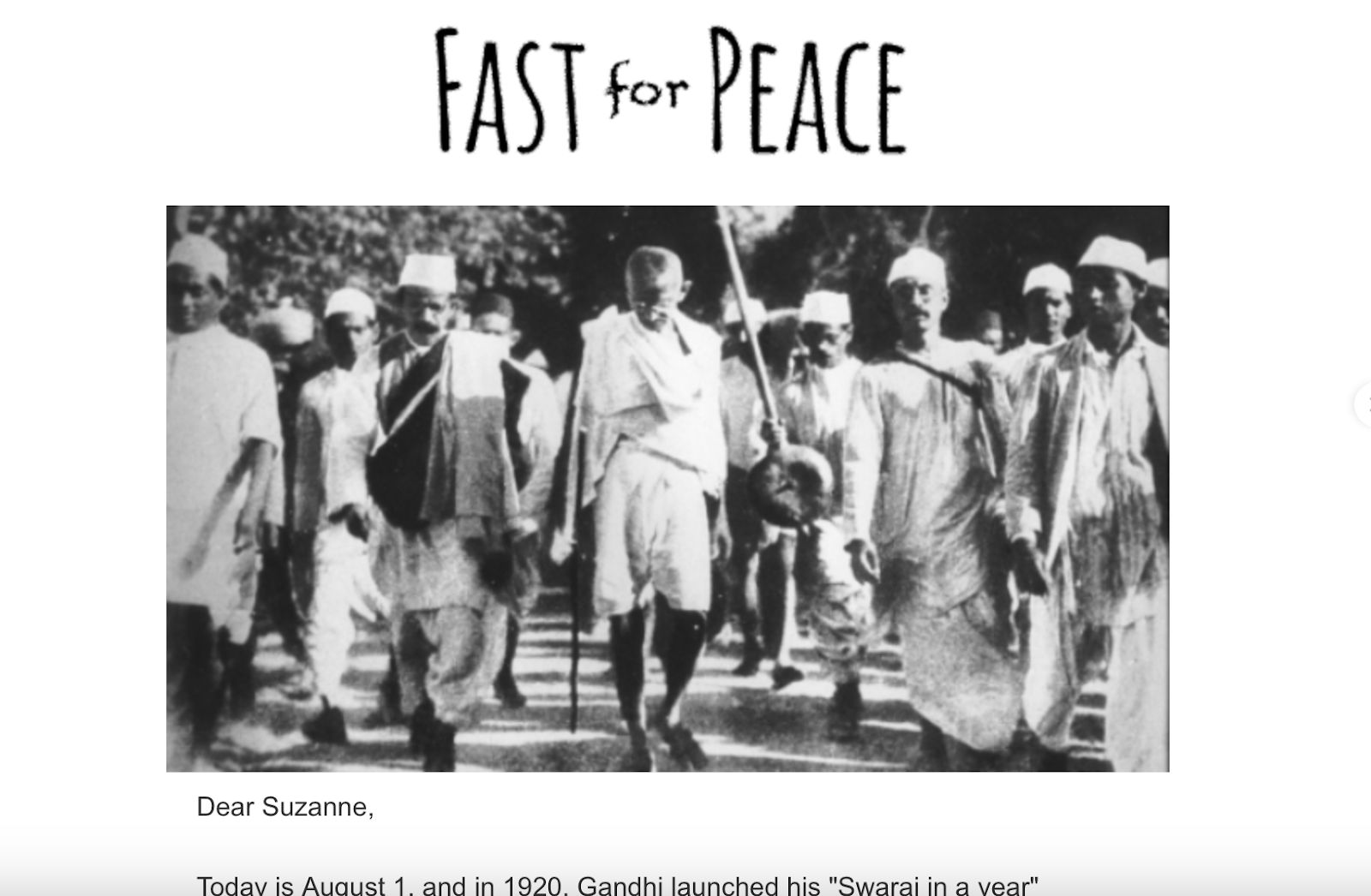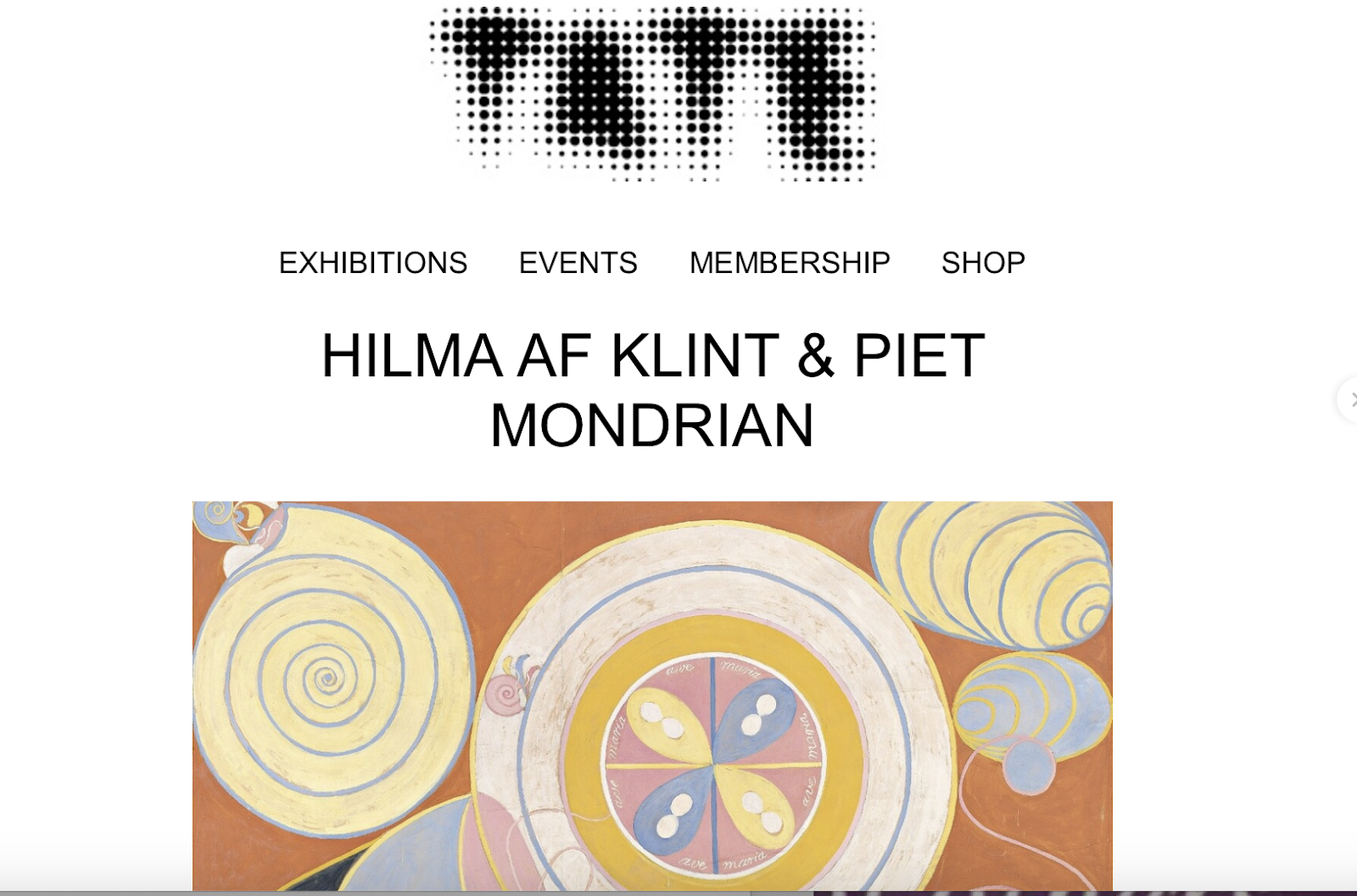
Congratulations! Your event was a big success, with more people buying tickets than expected. The raffle table was buzzing, and everyone left with big smiles.
That’s all worth a good pat on the back — but you’re not done yet! Some event organizers will argue that the follow-up thank you email sent after the big event is even more important than the event itself.
When I worked in nonprofits, I knew to add an event follow-up email to the post-event marketing plan. And this is true for any kind of event, from a class reunion to a private wine tasting. All sorts of industries benefit from holding events for potential and current customers, and emails sent after the big day can keep the momentum going.
As part of following up, you’ll need to collect emails from everyone who attended the event. If you sold tickets online, you may have automatically integrated this into your process. But if you didn’t — or if some people bought more than one ticket and brought friends, or it was an event that didn’t require tickets — you’ll want to create a process to gather emails during the event itself.
You can collect email addresses in any way that’s natural for the event, but I always preferred to take care of this important task upon check-in. When you greet participants at an information table, it won’t take long to write down an email address and tell them to look for a follow-up message filled with things they want to know. If it’s a virtual or hybrid event, that’s OK, too. You can require an email to get a link or RSVP to the event.
Once you receive the email addresses, add the contacts to your email marketing account. Try creating a spreadsheet and adding them automatically from there. Mastering this is one of the things you’ll want to do first when learning how to do email marketing. Consider segmenting this batch of emails into its own group so that you can send personalized emails to the event attendees later.
It’s crucial to gather email addresses at events to create an email with measurable results that can extend your event’s success for months — or even longer.
The importance of follow-up emails
The importance of an event follow-up email is hard to overstate. That’s because:
- These messages begin a relationship with new people who are just starting to learn about your organization, industry, or business.
- You can educate them about the good work your team does every day.
- You can thank participants for spending part of their day with you.
- You can share how much money was raised, how many people attended, and other measurable descriptors of your success.
- It’s an opportunity to get them to save the date for other upcoming events that may be similar.
- You can include other ways for them to get involved, including volunteer or committee needs.
When done correctly, a thank you email is a natural and comfortable way to bring people who attended an event closer to the work you do. You’ll build relationships with people who you know genuinely want to know more, and they’ll be happy to receive the message.
Throughout any event email campaign, this follow-up message works to improve your return on the investment of the event and educate readers on the values, programs, groups, products, or goals the event supported. And if you don’t send it, you may not get another chance to strengthen this new connection.
Key elements of an effective event follow-up email
When crafting an event follow-up email, ensure the recipient understands why you are sending it and is happy to discover it in their inbox. To accomplish this, include these essential elements.
Personalize the greeting
When you’re writing this email, remember it’s being sent to hundreds or even thousands of people. However, the recipient only sees the message sent to them. Adding a personalized greeting underscores the feeling that this email is sent just for them.

Personalization is one of the most essential things in any guide that teaches you how to create effective event marketing emails. That’s because this strategy offers a rare opportunity to connect directly with the person receiving the email.
When you use an email marketing platform like Constant Contact, this personal touch can be automated by adding a dynamic prompt that drops the contact’s first name directly into the sent email. You can even try this technique in the email subject line to potentially boost your open rate.
Express gratitude
Before anything else, you need to thank the event attendees receiving the email for coming to your event. After all, the event wouldn’t have been a success if it weren’t for all the people who made it so!
This should be a separate process from sending a “thank you for your donation” letter, which is usually sent by snail mail and includes tax deduction information if applicable. This post-event email should offer a general expression of gratitude for the recipient’s support.
Recap the event
Next, let the reader know how the event went overall. Share how many people attended, how much was raised if that was a goal, a general explanation of the fun that was had, and any other big-picture information that lets them know they’re part of a bigger effort.
If you have a gallery of photos on a social media page, you may want to include a link and a request that they follow you on your social platforms. Encourage attendees to tag themselves in the pictures, allowing their friends to see the fun they had supporting your cause.
Provide valuable content
Think about what the recipient of the event follow-up email wants to know. If the event supported a particular project or campaign, share information about how it benefits the community. If you offered a private tasting or mixology course, share recipes. If it was a networking event, provide a place for sharing contact information. Include helpful resources or even an interesting blog post the reader will appreciate.

Always consider whether you are sending relevant content. Let the reader come away from your message with something valuable that makes them know that you care about them and want to create a stronger relationship. The key to great email content is not always asking for support but providing support.
Tips for writing an engaging follow-up email
I’ve seen event marketers and members of my organization’s sales team who weren’t writers struggle for hours over crafting a single email. You don’t have to waste that kind of time! Follow these tips and get inspired by these follow-up email examples not to overthink — or rush through — this critical process.
Keep it concise and clear
First, this event follow-up email doesn’t need to be too long. In fact, it’s better to keep it simple rather than try to add everything at once. Remember, now that you’ve gotten their email address and initiated this relationship, you can send them e-newsletters, new blog posts, and invitations to the next event. Stick to the point. It will be easier to write — and appreciated even more.
Inject personalization
Just as you should add a personalized greeting, you can also weave in other personalization throughout the email. One way to do this is through further segmenting the original list of email addresses.
For example, you’ll want to send your volunteers the event follow-up email and give them a special thanks for their hard work — that wouldn’t apply to someone who just attends. If you keep your list of volunteers for the event in a separate email segment on your email marketing platform, it will be easy to edit the email with a personalized note that’s just for them.
Use compelling event follow-up email subject lines
Without veering into clickbait territory with multiple exclamation points and all-caps, you’ll want to include an exciting email subject line that grabs the reader’s attention. Remember, those few words are sometimes the only thing the recipient will see when the email pops into their inbox.
Choose your subject line carefully. Good email subject lines inspire curiosity, drive action, and create a sense of exclusivity. Make them feel so important that you must share this news with them.
Incorporate visual elements
Email templates make it easy to incorporate visual elements into your post-event email. You can add photos of attendees or event activities or drop a widget or a link to a short video from the big day. And don’t forget to include your organization’s logo!
Event follow-up email message examples
Before writing your event follow-up email, decide what takeaway you’d like your readers to have. You may simply want to thank them, or you may want to let them know you care about their suggestions for ways to improve next year. This brainstorming will make deciding which example you’d like to follow easier.
Thank-you email with event highlights
Some post-event emails only express gratitude and share the highlights of the big day — that is enough! If it was a virtual event, this is a great way to give participants a broader view of the scope of the activities.
Exclusive content offer
Give them a lagniappe (lan-ˈyap), a Cajun word that refers to that little extra surprise given as thanks at the end of a transaction. Event participants might think the fun they had is over, but you can extend it by offering exclusive content within the event follow-up email. For example, you can give them first crack at reserving tables or buying tickets at future events.
Survey and feedback request
If you plan to hold the same event next year, an excellent way to improve your return on your investment is to survey participants, volunteers, and stakeholders about what event improvements they’d like to see. You may be surprised at some of the suggestions they offer — plus, you may gain some new volunteers.
Personalized offer based on attendee interests
When you collect email addresses, you may want to create a short survey that asks event attendees about their interests. You can then segment your email lists into these different interests and send personalized emails with offers or additional resources they’ll care about.
For example, maybe they were interested in participating in a networking event, and you can give them a free drink ticket just for attending a previous event.
Best practices for successful event follow-up emails
There are many email marketing best practices, such as ensuring the people receiving your emails know what they’ve signed up for. You’ve got that covered with your discussions at the check-in table. Here are some other tips marketers use to get results from event follow-up emails.
Use timeliness
Don’t wait too long! Schedule your email for no more than three days after the event. Make sure it’s still fresh in their minds.
Segment your target audience
The work you do separating the different segments of your event attendees in your email lists will pay off with your ability to send the right message to the right people. Take the time to do this, even in the busy aftermath of a big event.
Automate your follow-up process
One way to save time is to automate the entire process. Segmented spreadsheets can be immediately uploaded to email marketing software. Personalized greetings can be automatically added. You can even schedule a series of emails days in advance.
Measure and track results
Whether it’s an in-person or a virtual fundraising event, you’ll want to know your return on investment. This is true of your post-event email campaign. Track the metrics, such as the rate at which people click on links in the message. This will help you see how you can improve next time.
Offer continual engagement
Finally, don’t stop with just one email. Plan regular email communication with these event attendees to keep them abreast of the latest news from the organization and dates for new events. Remember, relationships — the kind resulting in new donations, support, and volunteers — can take time and effort to develop.
Drive results through effective follow-up emails
Now that you’ve got the basics for crafting an engaging and effective follow-up email for your next event. You’ll be ready to collect email addresses, segment them into targeted lists, and include relevant information everyone will appreciate.
As the next step, browse the email templates in your email marketing software for a design you like. If you can design the email in advance and know where you’d like to add event photos or video, you can begin writing a draft of the message. That will allow you to be ahead of the game once the event ends and it’s time to press send.




